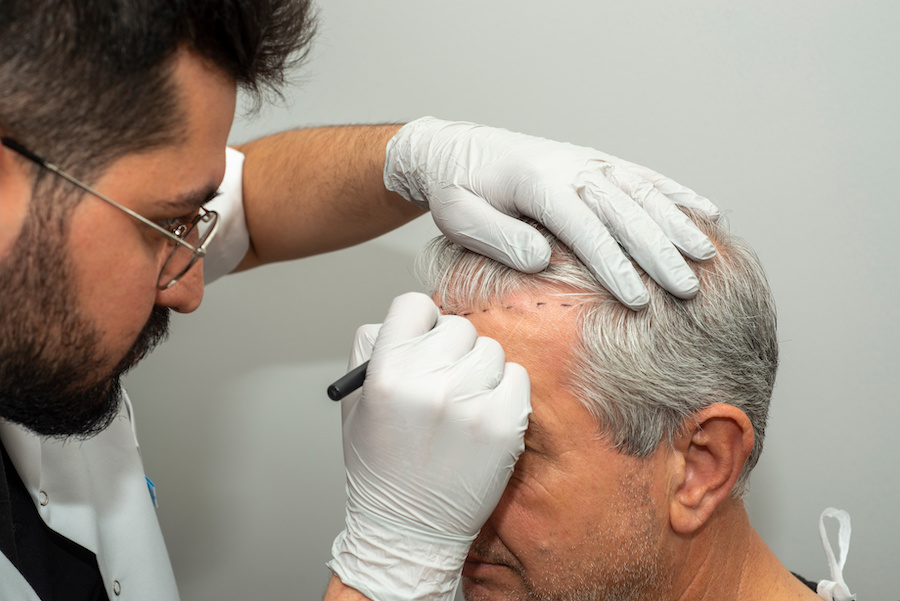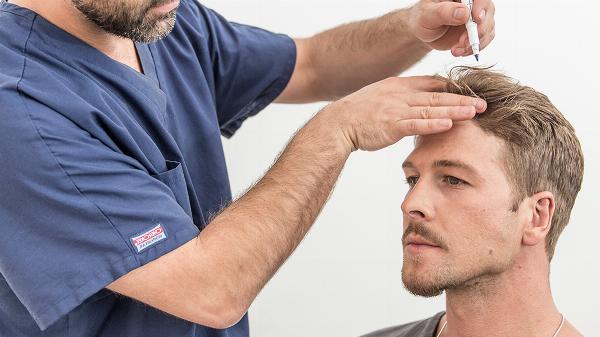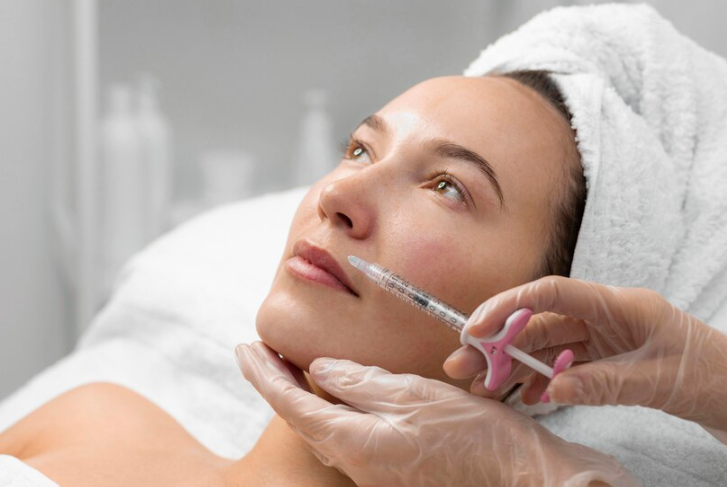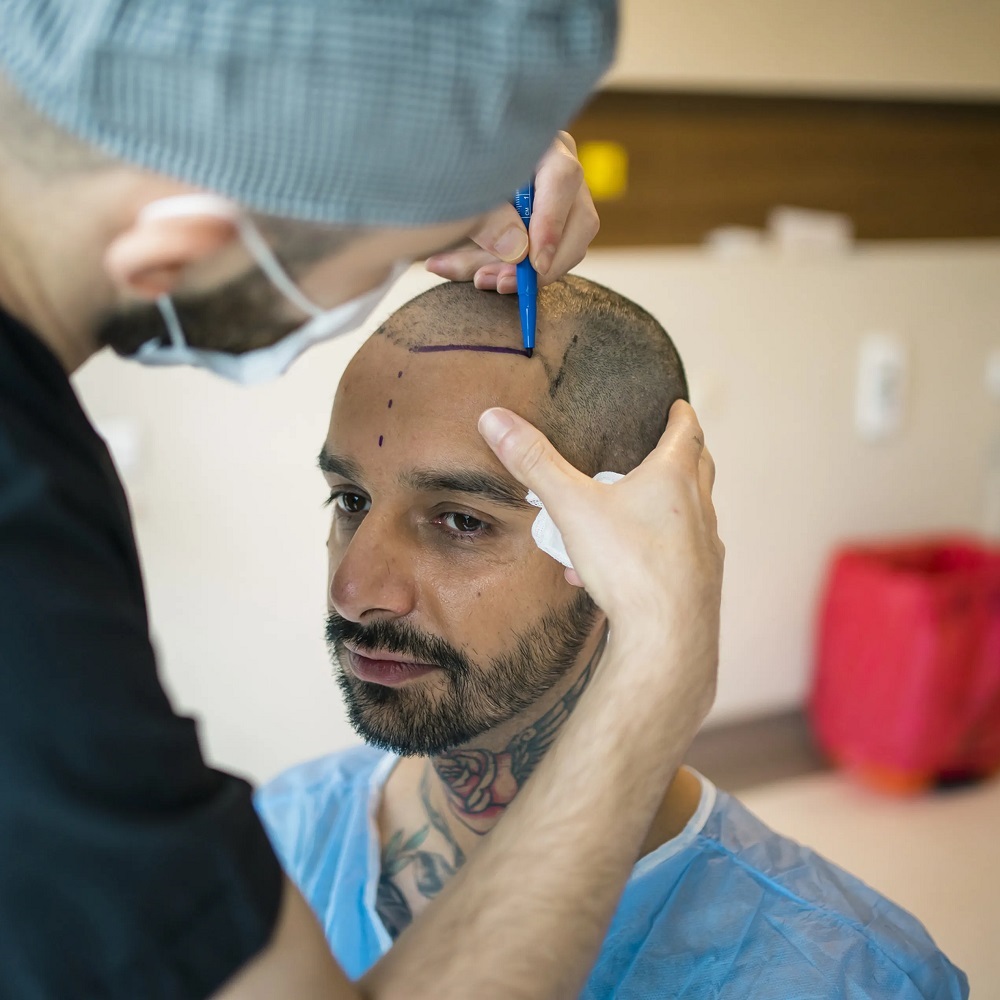Hair Transplant Recovery: Tips for a Smooth Healing Process

Strong 8k brings an ultra-HD IPTV experience to your living room and your pocket.
A hair transplant can be a life-changing procedure for individuals struggling with hair loss. However, the success of the treatment doesn’t just depend on the procedure itself, but also on how well you manage your recovery. Proper care during the healing process can significantly influence the quality of the results. If you’ve recently undergone a Hair Transplant in Dubai or are considering it, understanding what to expect and how to care for your scalp is essential for achieving the best possible outcome.
✍️ Many men and women struggle to choose between PRP, laser therapy, or surgical procedures. Our resource on hair loss treatments breaks down the pros, cons, and long-term effectiveness of each solution so you can make the right choice.
Understanding the Hair Transplant Procedure:
Before diving into the recovery tips, it’s helpful to understand the hair transplant process. The two most common methods used for hair restoration are Follicular Unit Transplantation (FUT) and Follicular Unit Extraction (FUE). Both involve moving hair follicles from one part of your scalp (usually the back or sides) to areas experiencing hair thinning or balding.
Though the techniques differ, the recovery process is similar. After the procedure, the transplanted follicles will need time to adjust and establish themselves in their new location. Initially, the scalp may appear swollen or bruised, and shedding is expected in the first few weeks. However, with the right post-operative care, the results can be lasting and natural.
The First Few Days: Immediate Aftercare:
The first few days following your hair transplant are critical for ensuring a smooth healing process. Here are a few key tips:
Keep Your Scalp Clean and Dry:
One of the most important steps is to avoid any direct pressure or trauma to the transplant site. Your surgeon will provide specific instructions on how to keep the area clean. Typically, you'll need to wait at least 48 hours before gently washing your scalp. When you do wash, make sure to use a mild, non-scented shampoo.
Follow Post-Op Medication Instructions:
Your doctor may prescribe pain medication, antibiotics, or anti-inflammatory drugs to help manage any discomfort, reduce swelling, and prevent infection. Make sure to take these medications exactly as directed. If you experience any unusual symptoms, such as excessive bleeding or signs of infection, contact your surgeon immediately.
Avoid Touching or Scratching the Area:
It’s essential to resist the urge to touch, scratch, or pick at the transplant site, as this can cause irritation or even damage the new follicles. Gently pat the area when washing it, and avoid any unnecessary manipulation.
The First Week: Managing Swelling and Discomfort:
During the first week after your hair transplant, you may experience mild swelling and discomfort, particularly around the forehead and eyes. While this is completely normal, you can manage these symptoms with the following steps:
Use Cold Compresses:
Applying cold compresses to your forehead and the transplanted areas can help minimize swelling. Make sure to wrap the cold pack in a cloth to avoid direct contact with your skin, and apply it in short intervals as recommended by your surgeon.
Sleep with Your Head Elevated:
For the first few nights, sleep with your head elevated using pillows or an adjustable bed. This reduces the risk of swelling and helps ensure that your scalp remains in a neutral position. It’s important to avoid lying flat, as this could exacerbate swelling and put pressure on the grafts.
Avoid Physical Activity:
During the initial recovery period, avoid strenuous activities such as exercise or heavy lifting, as these could increase blood flow to the scalp, potentially causing swelling or dislodging the grafts. Your doctor will advise when it’s safe to resume physical activity.
The Second Week: Shedding and Scab Formation:
In the second week after the transplant, the initial healing process is generally well underway, but shedding is a normal occurrence. The transplanted hairs may fall out within the first 2 to 3 weeks. This can be concerning, but rest assured, this is temporary.
Don’t Panic About Shedding:
The shedding of transplanted hair during the first few weeks is part of the normal cycle of hair growth. This is known as "shock loss," and it typically occurs as the transplanted follicles settle into their new location. New hair growth will gradually replace the fallen hairs over the next few months. Be patient—this phase is temporary, and results will begin to show after a few months.
Avoid Direct Sun Exposure:
Your scalp may be more sensitive during the healing period, so it’s important to avoid direct sun exposure, especially in the first few weeks. If you must be outside, wear a loose-fitting hat or use sunscreen recommended by your doctor to protect the transplanted follicles from UV damage.
The First Month: Starting to See Results:
By the end of the first month, the initial swelling and discomfort should subside. However, healing will continue, and the newly transplanted follicles will gradually start to settle in.
Follow-Up Appointments:
After a hair transplant, you’ll have follow-up appointments with your surgeon to monitor the progress of healing and assess whether there are any complications. These visits are important for ensuring that the recovery is on track. Be sure to attend all scheduled appointments and ask your doctor any questions you may have.
Avoid Chemical Hair Treatments:
While it’s tempting to style your hair, it's best to avoid chemical treatments such as coloring, perming, or straightening during the initial recovery phase. These treatments could irritate the scalp and hinder the healing process. It’s advisable to wait until your doctor gives you the green light before resuming such treatments.
The Next Few Months: Patience and Care:
After the first month, hair growth will begin, but it can take several months to see noticeable changes. During this time, follow these tips to support the health of your new hair:
Be Patient with the Growth Process:
Hair growth can be slow in the initial months. Most people begin to see visible changes around 3 to 6 months after the procedure, with full results becoming evident at the one-year mark. Maintain realistic expectations and be patient with the process.
Maintain a Healthy Scalp:
Healthy hair begins with a healthy scalp. Keep your scalp moisturized and free of dandruff by using appropriate hair care products. Your doctor may also recommend scalp massages or other treatments to promote circulation to the area.
Avoid Smoking and Alcohol:
Smoking and excessive alcohol consumption can impede the healing process by restricting blood flow and delaying recovery. If possible, refrain from smoking and limit alcohol intake during the recovery period.
Conclusion:
A successful hair transplant goes beyond just the procedure itself—it requires proper post-operative care and patience during the recovery period. By following the advice outlined in this article and closely adhering to your surgeon’s instructions, you can ensure that your healing process is smooth and that the transplanted hair grows to its full potential. Remember, every person’s recovery timeline is unique, so it’s essential to stay in communication with your doctor and trust the process as you work toward the long-term results you desire.
Note: IndiBlogHub features both user-submitted and editorial content. We do not verify third-party contributions. Read our Disclaimer and Privacy Policyfor details.







